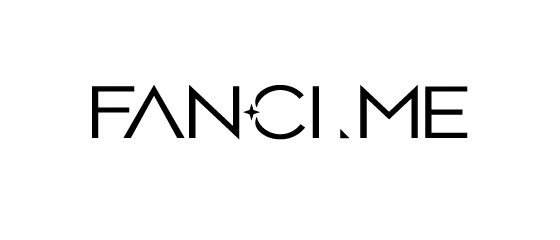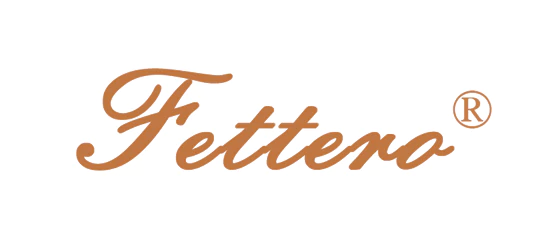In recent years green turquoise has become highly sought after for its rare color and matrix formations. Turquoise has long been considered a sacred stone used by indigenous peoples in the Americas to bless newborn babies, protect warriors in battle and connect people to the sky and rain gods.
Turquoise achieves its spectrum of colors, from sky blue to olive green, through a combination of copper, aluminum and phosphorus. The often-dramatic matrix and inclusions in genuine stones are a result of quartz, pyrite, sandstone and other “host materials” in the surrounding area where the stones are formed.
What’s the advantage of wearing turquoise
- Turquoise has a good effect on our eye diseases, and it also has the function of preventing radiation. Turquoise is very suitable for people who use computer a lot to wear.
- Turquoise contains many trace elements, which are very good for human body.Wearing turquoise for a long time can strengthen the body.
- Turquoise can promote the regeneration of human cells and enhance the immunity of human body. Long-term wearing can make ladies more attractive and young.
- Turquoise can be used as medicine to dispel wind chill, diminish inflammation and hemostasis, clear heat and detoxify, reduce blood pressure, etc. Besides, it also has a good effect on human’s lung and respiratory diseases.
What are the colors of turquoise?
Is turquoise blue or green? Well, it can be both, actually! Blue and green are both unique turquoise colors. Among the many gemstone types, Turquoise is not a gemstone with more colors. Although the hue of the colors is different, if all are summarized, the turquoise has only four colors of blue, green, yellow and white.
Don’t be confused by the name of turquoise, think that turquoise must be green. In fact, the coloring elements of turquoise are iron and copper. The iron element gives a turquoise green color and the copper element gives a turquoise blue color. Therefore, turquoise mainly has blue, green, yellow and white. The color is different and its value is different.
Turquoise can be divided into three levels according to the color.
- The first-grade turquoise is mainly sky blue, the color is relatively pure, the surface has a glass texture.
- The second-grade turquoise is mainly dark blue and emerald green, slightly transparent, and the texture is relatively tough.
- The third-grade turquoise is mainly blue-white, light yellow-green and other colors. The gloss is poor and the texture is stiff.
- Blue Turquoise: It was first found in Persia, and has since been found in pockets, or veins, around the world, including some American mines. Blue turquoise forms when its host rock contains a high level of copper. For this reason, the Sleeping Beauty Mine in Arizona, which is surrounded by copper mines, is best known for its clear blue turquoise
- Green Turquoise: It is found in parts of the American Southwest, as well as in parts of Asia and the Middle East. Green turquoise is created when there is a higher level of aluminum than copper, or when zinc or iron replaces the aluminum entirely. In recent years green turquoise has become highly sought after for its rare color and matrix formations.
- Sleeping Beauty Turquoise: The sky-blue Sleeping Beauty stones display a vibrant hue that has been coveted as the epitome of turquoise since the stone’s discovery. Legend has it that when the wind whistles through the canyon it is searching for this sky stone. The now-closed Sleeping Beauty Turquoise Mine, in Arizona, was long heralded for its Robin’s egg blue stones that contain so few matrices that it is virtually flawless in appearance.
- Kingman Turquoise: The Kingman Turquoise Mine, in Arizona, is one of the oldest turquoise mines in America. It was discovered more than 1000 years ago by the Indigenous peoples of the area. The mine is known for producing many variations of stones, from sky blue to green, and containing striking matrices that make each stone rich in character and uniqueness. This mine has been the biggest supplier of turquoise to Southwestern jewelry in history.















